1. The Beehive
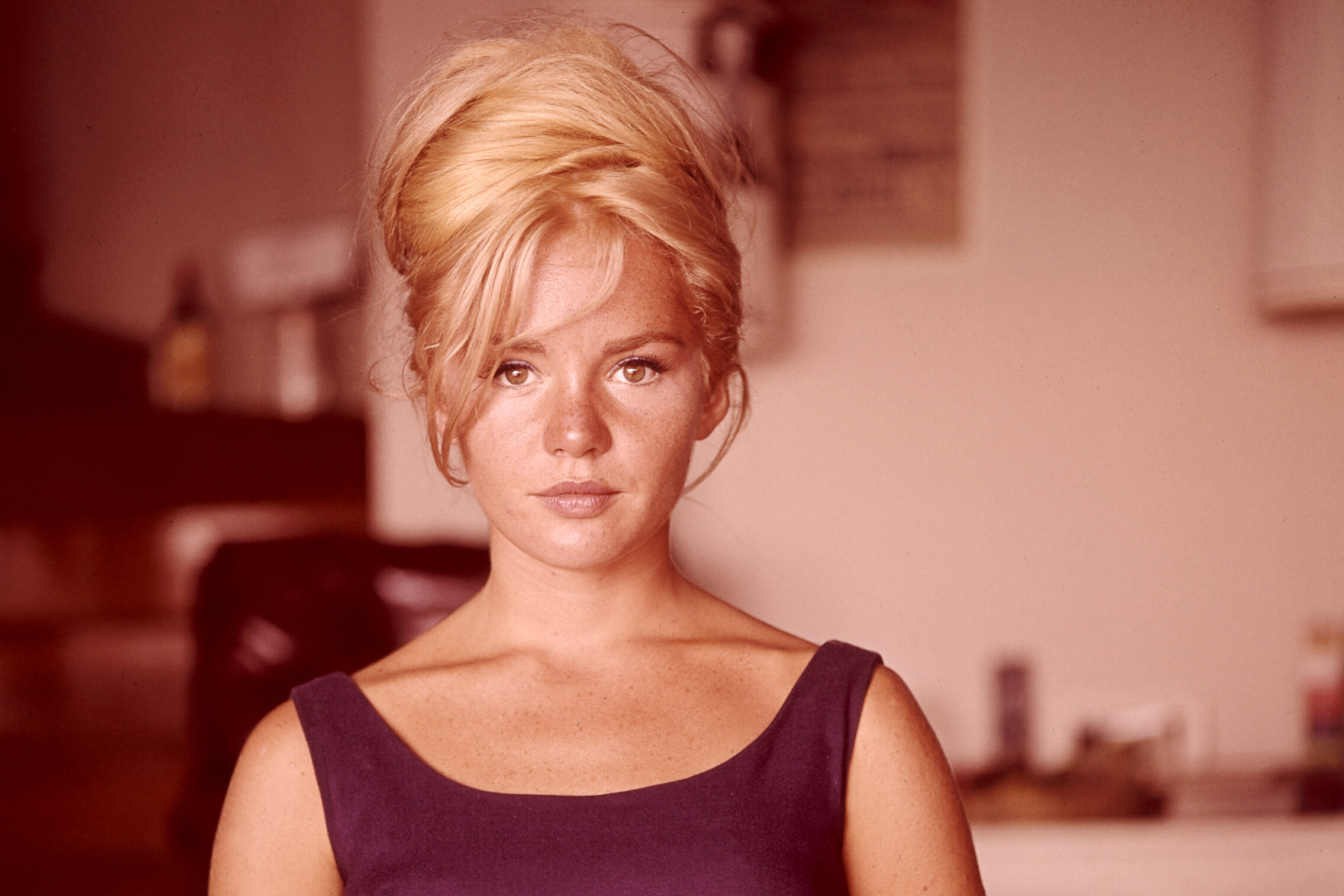
Ah, the beehive—one of the most ambitious hairstyles of the ‘60s. Achieving this towering masterpiece required backcombing hair within an inch of its life, then setting it with enough hairspray to singlehandedly deplete the ozone layer. Women would spend hours teasing their locks into a gravity-defying shape, carefully smoothing the outer layer to hide the chaos beneath. And once it was up, you were committed. Sleeping required either an elaborate wrapping technique or the willingness to sleep sitting up. If even one section collapsed, the whole thing was doomed shares Harper’s BAZAAR.
Despite the effort, it was worth it for the glamour factor. The beehive gave off serious “I have my life together” energy, even if the wearer was running on fumes and Aqua Net. Icons like Audrey Hepburn and The Ronettes made it look effortless, but those who attempted it at home knew better. The style remained popular for years, though modern versions are far less intense. Even today, when someone shows up with a mini beehive, you know they mean business adds CNN.
2. The Gibson Girl Updo
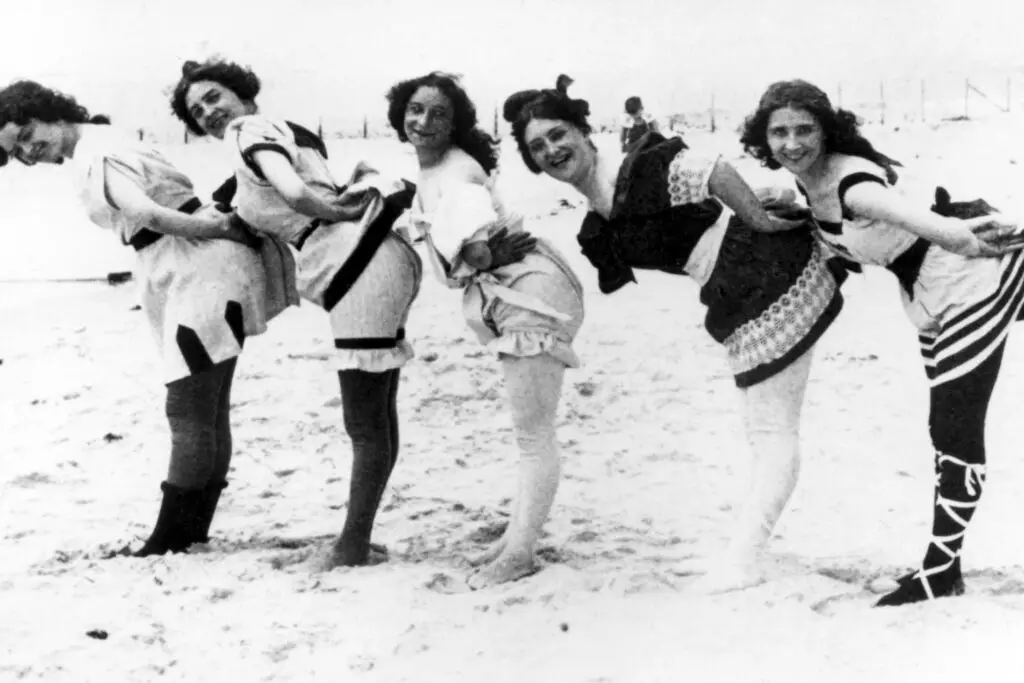
This Edwardian-era hairstyle looked dreamy and effortless, but the reality was a full-on production. Women spent hours curling, pinning, and stuffing their hair with extra padding (sometimes even using other people’s hair) to achieve that soft, voluminous look. It had to be piled high yet appear delicate, which meant a lot of strategic placement and sheer willpower. Once styled, it was sprayed and pinned into place, hoping it would last at least through an evening event. Any sudden movement could send it toppling down like a failed soufflé shares PureWow.
Despite the struggle, this look was a status symbol. A well-done Gibson Girl updo suggested refinement, beauty, and that you had time to fuss with your hair for hours. Some women even relied on professional hairdressers to get it just right. Of course, once the Roaring ‘20s hit, ladies happily chopped their hair into bobs, and you can’t blame them. After years of hair gymnastics, the idea of a simple bob must have felt like sweet relief says All That’s Interesting.
3. The Victory Rolls
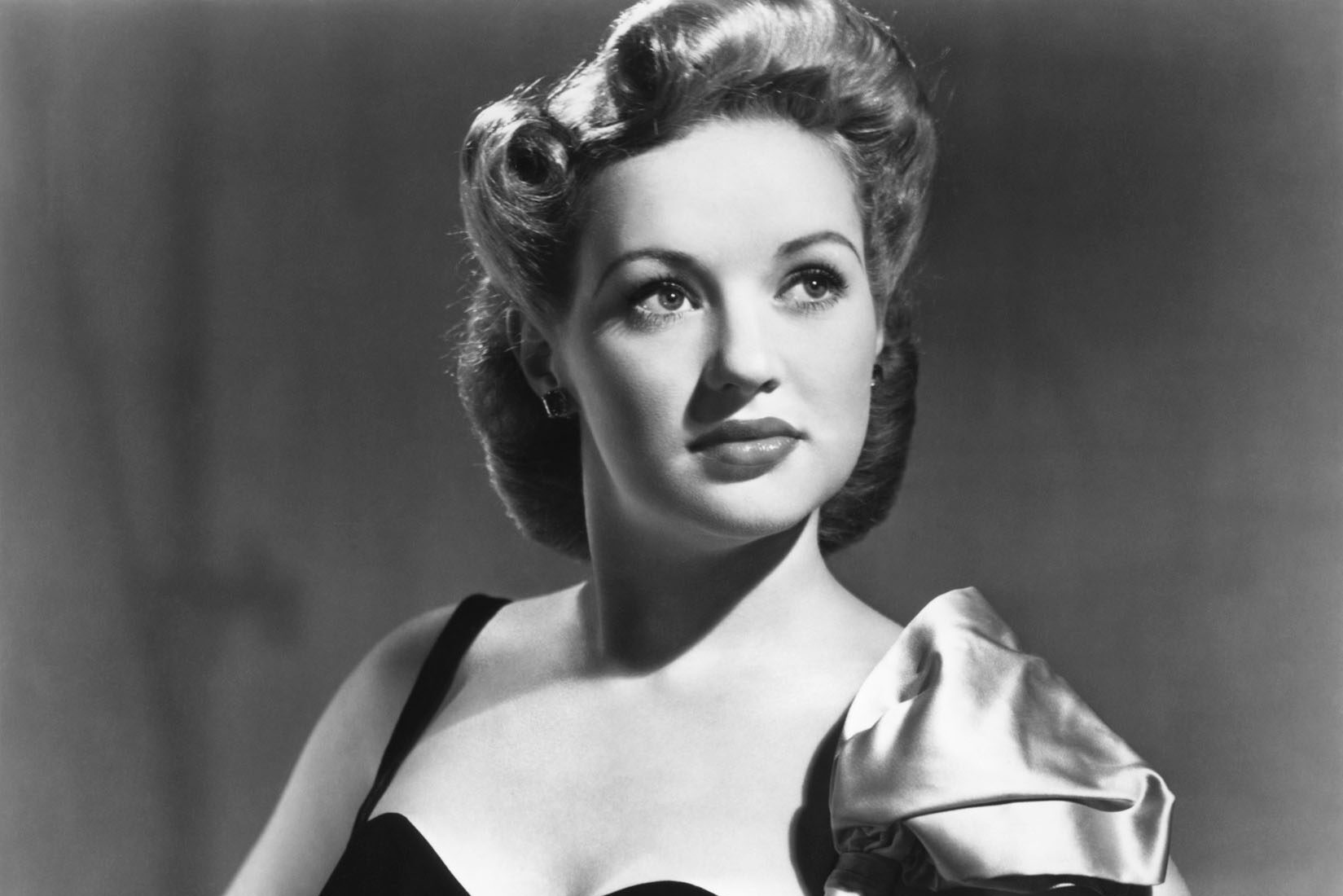
Victory rolls became an iconic ‘40s hairstyle, but they didn’t just happen with a quick twist and pin. Women had to carefully curl sections of hair, roll them into place, and secure them with what felt like a hundred bobby pins. Achieving symmetry was a challenge in itself—one roll always wanted to misbehave. And since hair texture wasn’t as easily managed back then, a lot of women had to set their hair in pin curls the night before just to make styling possible. A final shellac of hairspray was necessary to keep everything in place.
Despite the time commitment, women loved the style for its feminine yet practical appeal. It kept hair out of the face while still looking polished, which was great for both casual outings and wartime factory work. Plus, it gave off that classic Hollywood glamor, with stars like Rita Hayworth making it look like a breeze. The modern attempts at victory rolls usually involve a lot of trial and error. If you’ve ever tried them, you know the frustration of rolling one side perfectly, only for the other side to look like a completely different hairstyle.
4. The Finger Waves
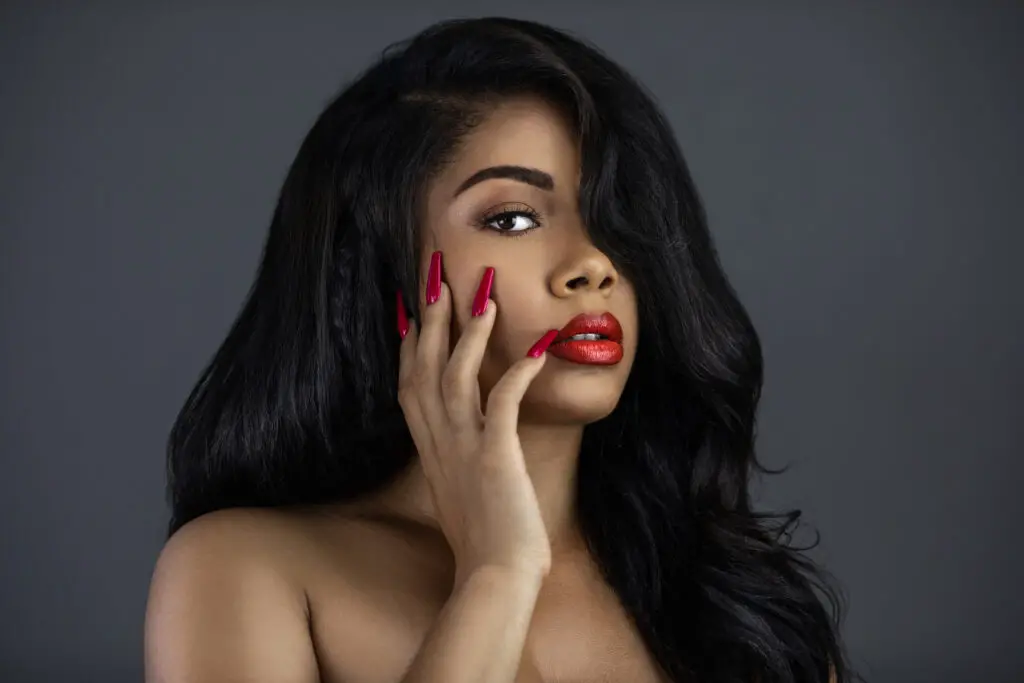
Finger waves may look sleek and sophisticated, but they are a nightmare to perfect. Originally popular in the ‘20s and ‘30s, this style required meticulous sectioning, sculpting with a fine-tooth comb, and setting the waves with a strong gel. And that was just the beginning. Hair had to be clipped down in just the right places while it dried, a process that could take hours depending on hair type. One wrong move before it set, and all that effort was wasted.
Yet, despite the struggle, finger waves have endured as a timeless look. They scream elegance, whether worn in a vintage setting or a modern red carpet event. Stars like Josephine Baker and Bette Davis made them famous, but their hairstylists deserve a round of applause. Today, even with better styling tools, finger waves remain a high-maintenance affair. If you’ve ever attempted them, you know the deep sense of accomplishment when they actually turn out right.
5. The Bouffant
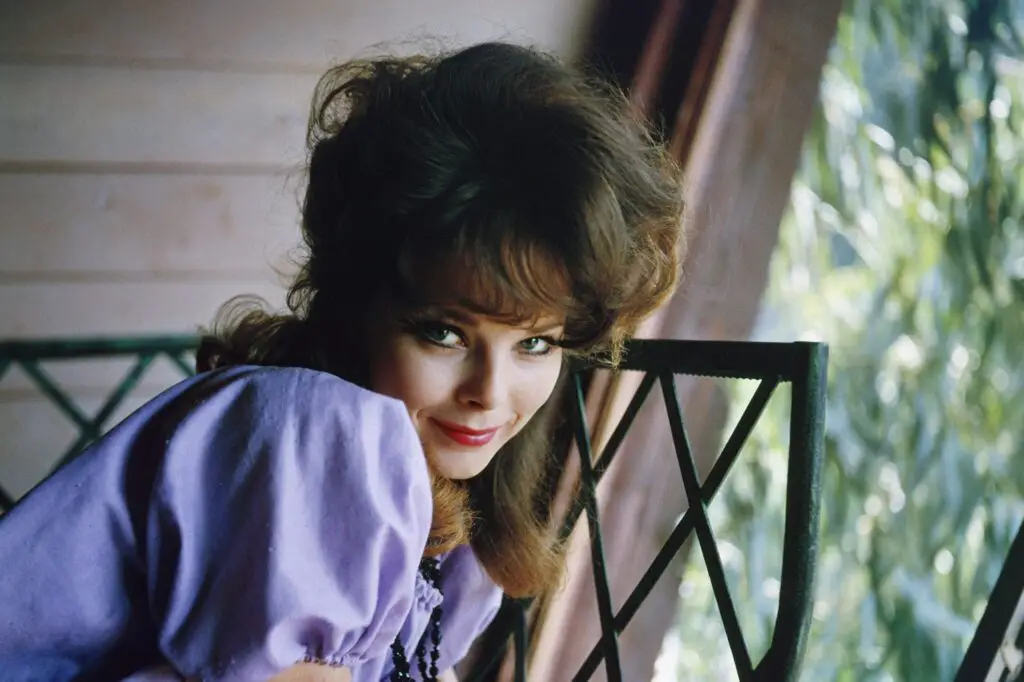
The bouffant was the beehive’s slightly less extreme cousin, but that doesn’t mean it was easy. Women spent hours teasing their hair into a voluminous cloud, then smoothing the top layer to make it look polished. Achieving that perfect balance of height and softness was an art form. Too much teasing, and you looked like you got caught in a wind tunnel. Not enough, and the whole thing fell flat before you even left the house.
Women of the ‘50s and ‘60s relied on rollers, hairspray, and sometimes even hairpieces to get the right shape. Jackie Kennedy helped make the bouffant a must-have look, and suddenly, everyone was willing to spend hours achieving it. The maintenance was another challenge. One wrong brush stroke could undo all that work, and humidity was the ultimate enemy. But when it held, it was absolute perfection.
6. The Marcel Waves
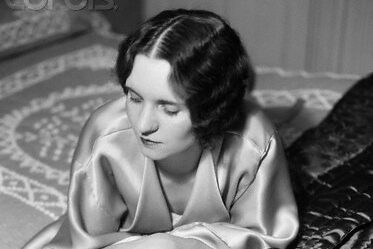
Marcel waves were a thing of beauty, but they required a skilled hand and a whole lot of patience. Unlike finger waves, which relied on combs and clips, Marcel waves were created with a special hot curling iron. This meant carefully bending sections of hair into S-shaped waves without burning yourself in the process. The iron had to be at the perfect temperature—too hot, and you fried your hair; too cool, and the waves wouldn’t hold.
Even once the waves were set, the styling process wasn’t over. Each wave had to be brushed and shaped just right, then locked in place with pomade or hairspray. It was the go-to style for ‘30s Hollywood stars, adding instant glamour to any look. Jean Harlow and Claudette Colbert made it look easy, but it was anything but. If you’ve ever tried to recreate it at home, you’ve probably questioned your life choices halfway through.
7. The Flipped Bob
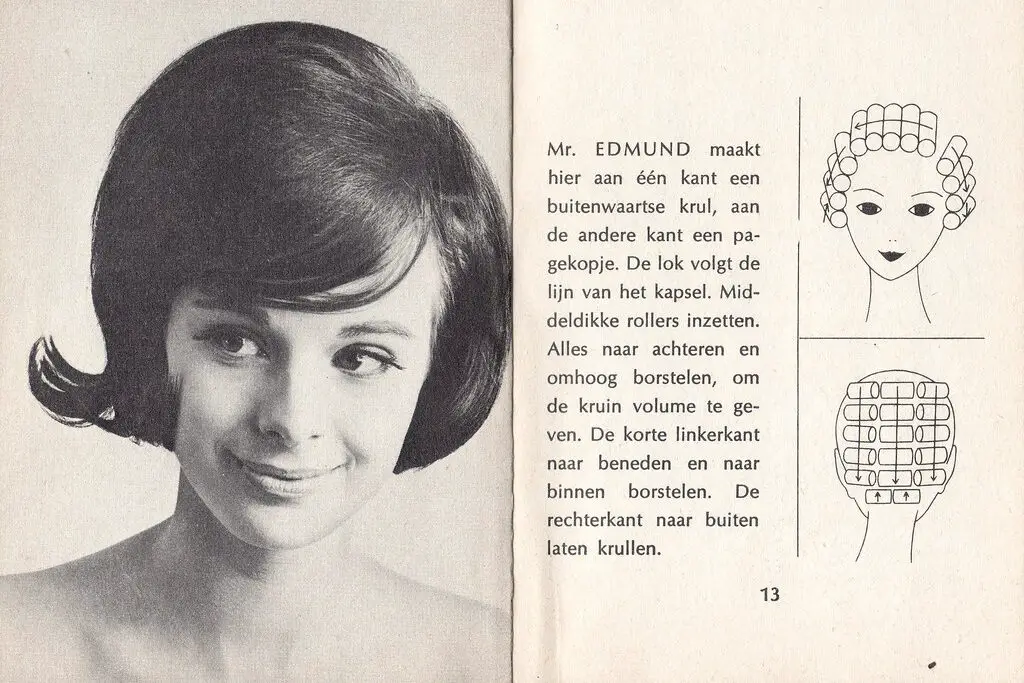
The ‘60s flipped bob was meant to look effortlessly chic, but the effort behind it was anything but easy. Getting the perfect upward curl at the ends meant setting hair in rollers, using a round brush, and sometimes even ironing it with an actual clothing iron. And once you got the flip, you had to pray it stayed in place. Any amount of moisture could turn your polished style into a sad, droopy mess.
Women loved the style because it was cute, bouncy, and made them feel like a mod icon. Think Mary Tyler Moore or Marlo Thomas in That Girl. But achieving that smooth, flawless flip required time and patience. Even today, people attempting it with modern tools know the struggle of getting each curl to match. It’s a style that looks fun and carefree, but only the wearer knows the battle it took to get there.
8. The Pageboy
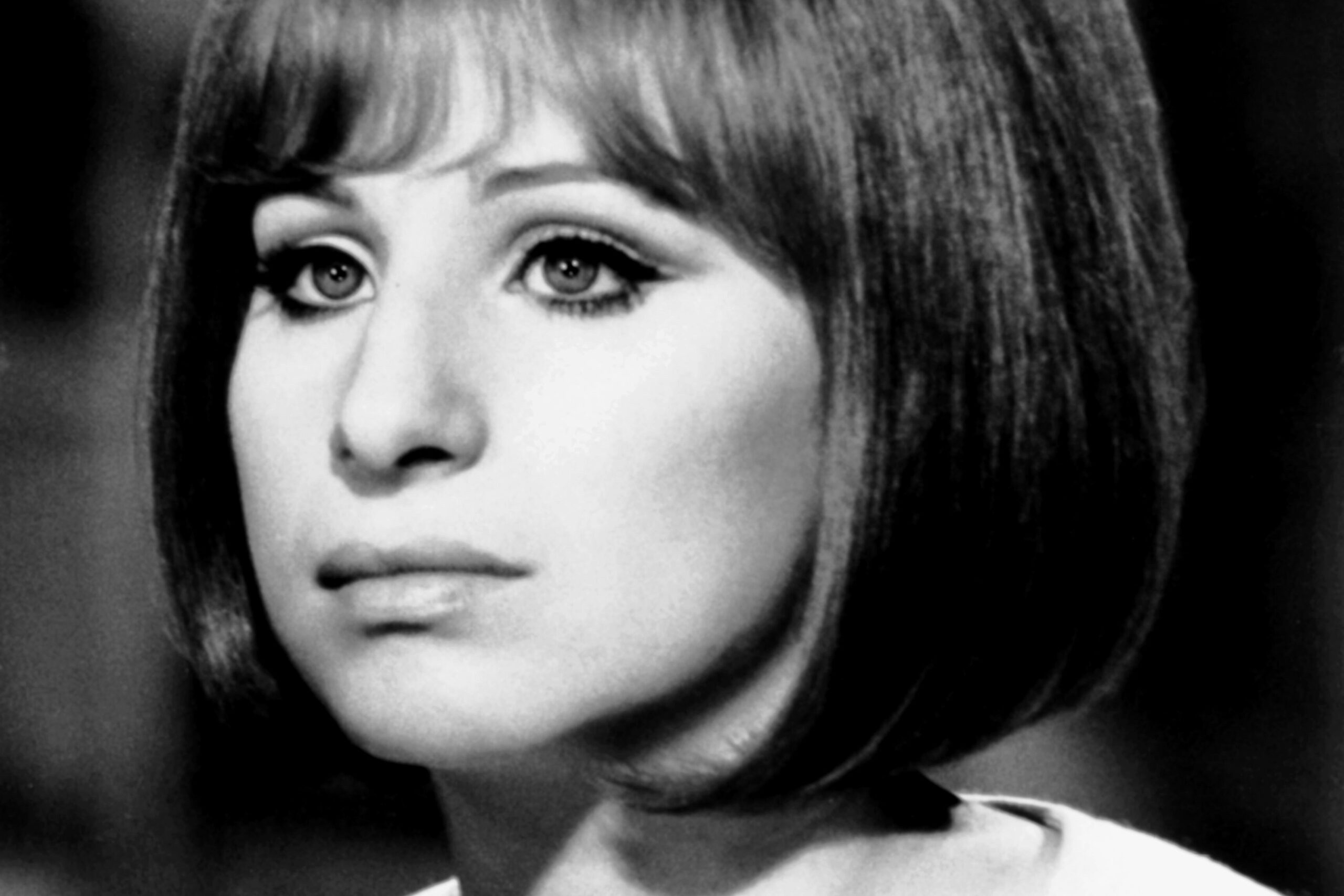
The pageboy was a sleek, curled-under style that looked polished but required some serious work. Women had to use hot rollers or pin curls, then brush everything into that perfect rounded shape. If your hair naturally wanted to flip out instead of under, forget it—your only hope was setting lotion and a prayer. Even once styled, it needed constant maintenance to stay smooth and in place.
It was a power look in the ‘40s and ‘50s, giving off sophisticated yet approachable vibes. Stars like Bettie Page and Grace Kelly rocked it, making it a coveted style. Today, people trying to recreate it still struggle with getting that smooth, even curve. It’s a hairstyle that seems deceptively simple—until you actually try to do it yourself. Then you realize why it took so long back in the day.
9. The Farrah Fawcett Flip
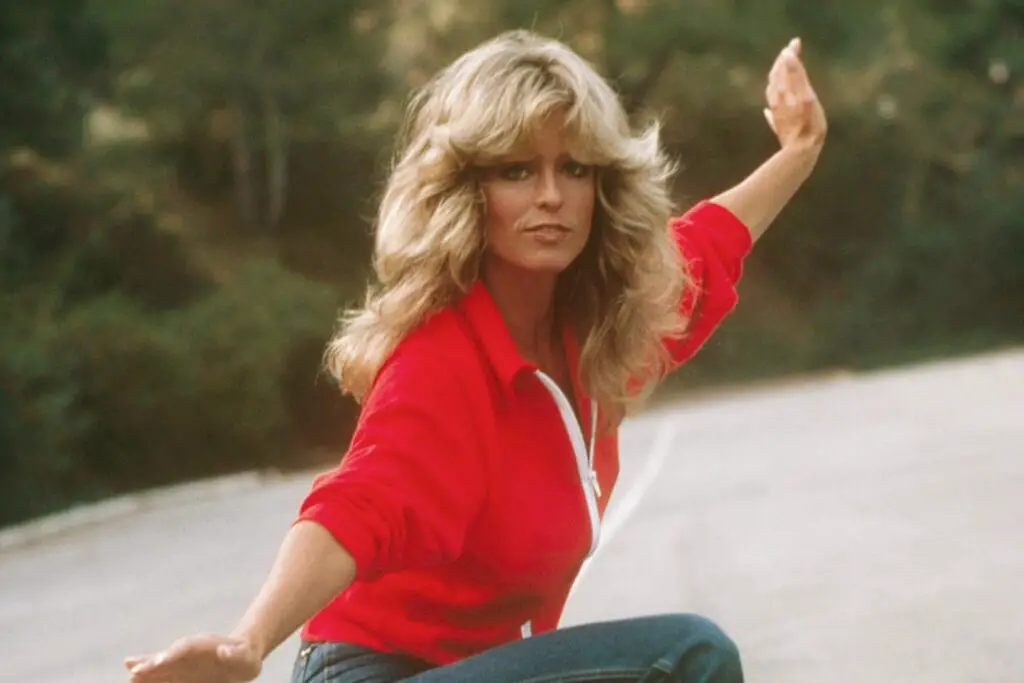
The ’70s Farrah Fawcett flip was a masterpiece of feathered layers and perfect waves, but achieving it was another story. Women had to meticulously blow out their hair, then use a curling iron or large rollers to get that signature swoop. The trick was flipping the curls away from the face while still maintaining volume at the roots. If even one section fell flat, the whole look was ruined. And let’s not forget the amount of hairspray required to hold everything in place.
Despite the struggle, this style became the ultimate cool-girl look. Farrah made it look effortless, but most people attempting it at home ended up with lopsided waves or hair that just wouldn’t cooperate. If you were lucky, your flip stayed bouncy for a few hours before humidity turned it into a limp mess. Modern attempts at the Farrah flip still take patience, but at least we have better tools now. That doesn’t mean it’s any less of a headache, though.
10. The Pompadour
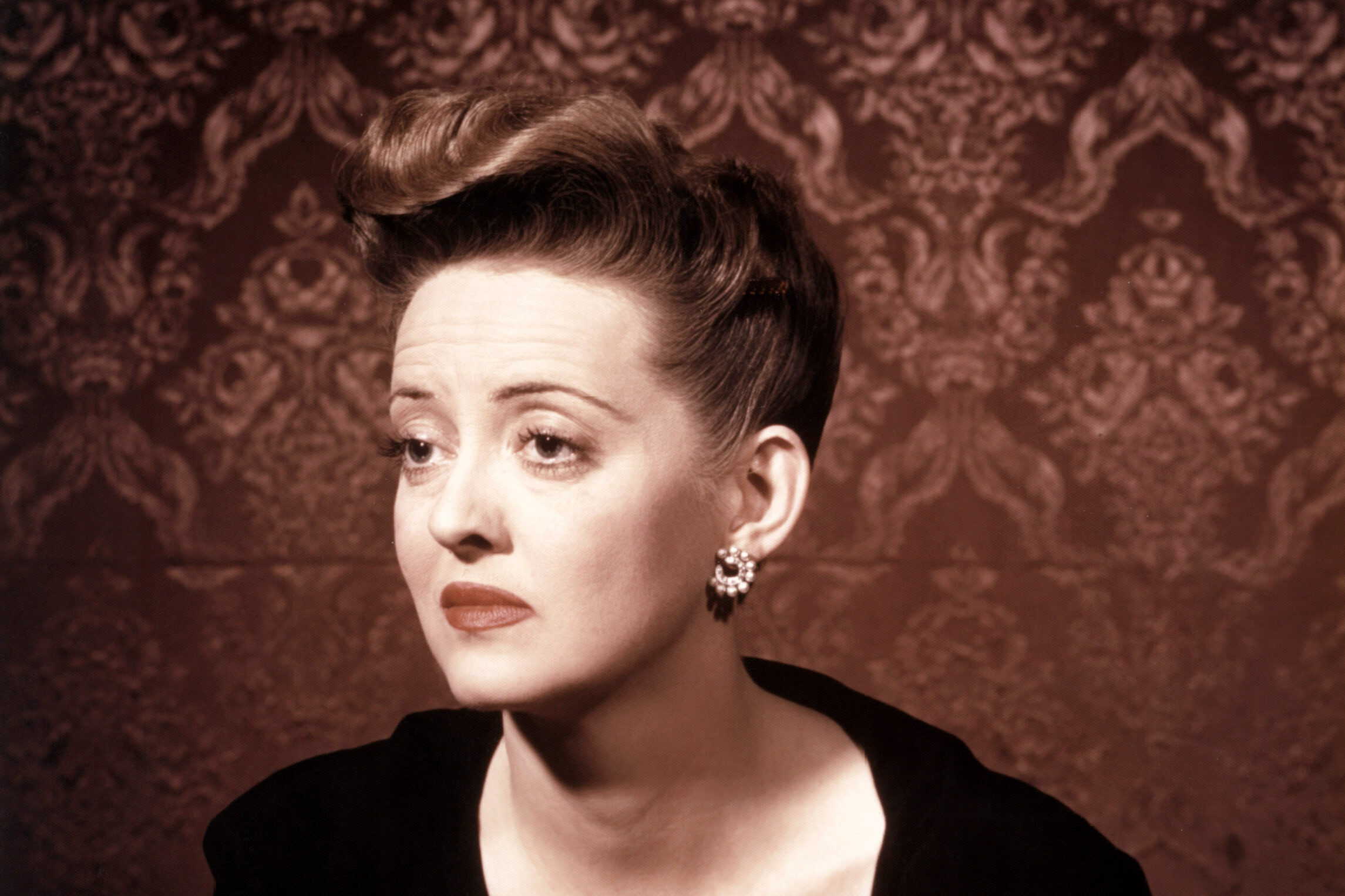
The pompadour isn’t just a men’s rockabilly staple—it was also a major women’s style in the ’40s and ’50s. But pulling it off took more than just a few quick rolls of the brush. Hair had to be teased, smoothed, and pinned into the perfect height without looking like a bird’s nest. If done wrong, it could either collapse or be so stiff it looked ridiculous. Achieving that effortless swoop in the front required skill and a whole lot of patience.
Women wore pompadours to add elegance and drama to their look, and it definitely worked. Stars like Wanda Jackson and Bettie Page rocked the style, making it a must-have for rebellious, stylish women. Today, the pompadour still pops up in rockabilly fashion, but modern styling tools have made it a little easier to achieve. Still, if you’ve ever tried to do one without backcombing, you know the struggle. No matter how much you practice, there’s always a risk of it deflating at the worst possible moment.
11. The Crimped Explosion
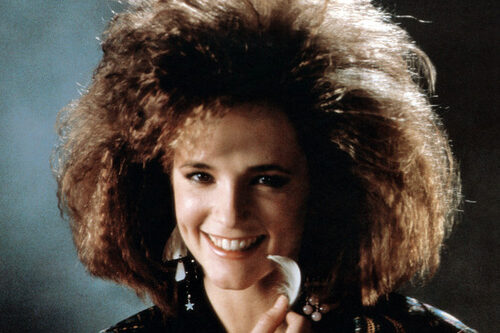
Crimped hair was a wild ride in the ’80s, and getting the look took serious effort. If you had a crimping iron, you were one of the lucky ones. Otherwise, you had to braid your entire head of hair into tiny sections, sleep on it overnight, and then carefully unravel it in the morning. If you missed even one braid, you’d end up with a patchy, uneven mess. And once it was fully crimped, good luck getting a brush through it without turning into a frizzy nightmare.
Despite the hassle, crimped hair was the height of ’80s cool. It gave you instant volume, texture, and that rockstar edge that everyone wanted. Madonna, Cyndi Lauper, and basically every teenage girl rocked the look at some point. Today, crimping irons still exist, but the style is more of a nostalgic throwback. If you ever decide to try it again, just remember—you’ll need time, patience, and possibly an industrial-sized detangling spray afterward.
12. The Super-High Ponytail
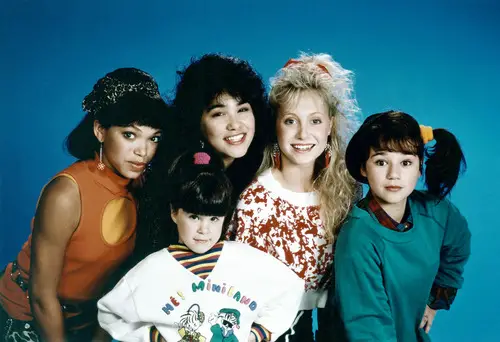
A simple ponytail may seem easy, but the super-high, snatched ponytail made famous by Ariana Grande and Madonna in the ’90s is anything but. First, you need to get every strand of hair perfectly smooth—no bumps allowed. That means brushing, gelling, and sometimes even flat-ironing your hair before pulling it up. Once it’s secured, the real battle begins: the weight of the ponytail itself. If your hair is thick or long, it starts to feel like a personal workout for your scalp.
Despite the pain, this style has remained a go-to for a sleek and powerful look. It gives an instant facelift effect and makes you feel like you’re ready to take on the world. But wear it for too long, and the headache kicks in. Modern celebs may have hairstylists to help them perfect it, but for the rest of us, it’s a high-maintenance commitment. If you’ve ever tried it, you know the relief of finally taking it down at the end of the day—it’s almost better than taking off your shoes.
